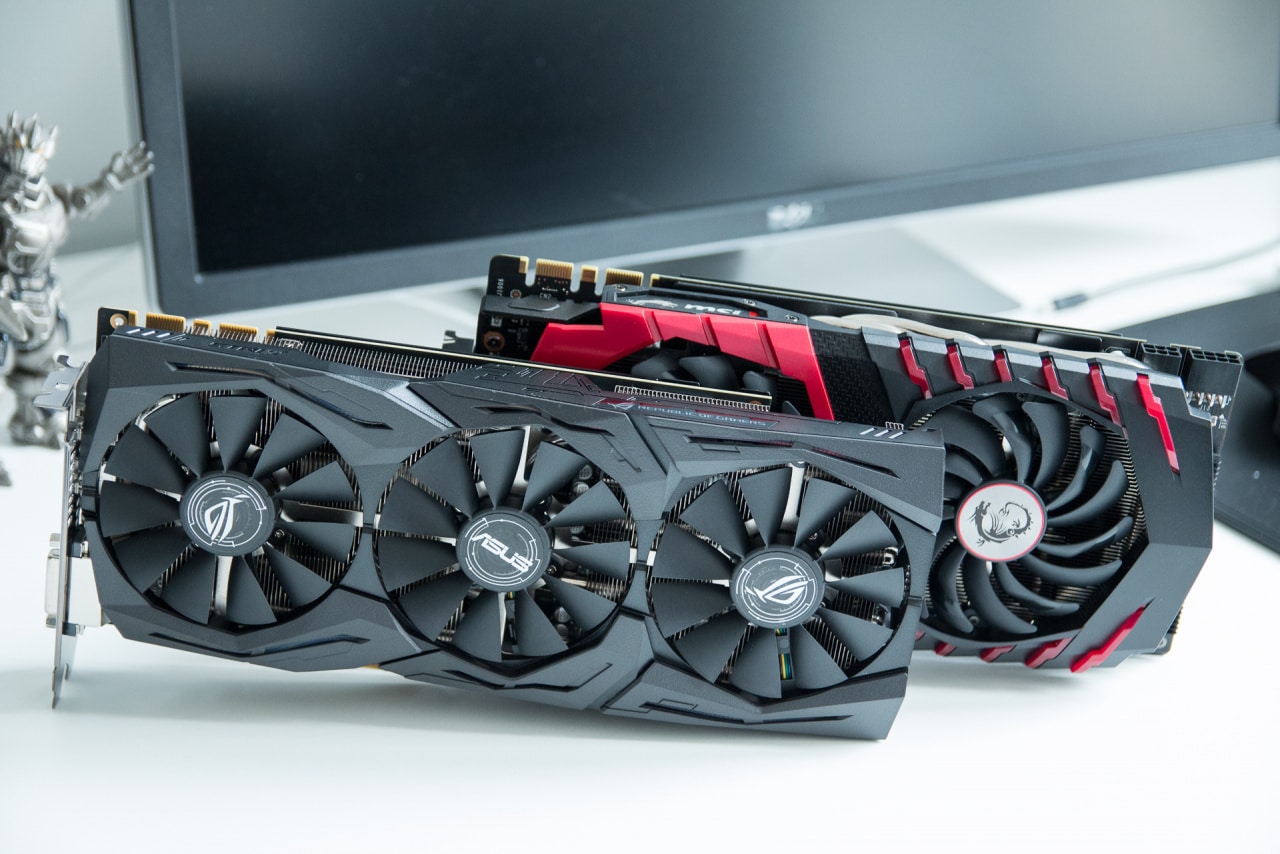A couple of generations ago, MSI sent graphics cards to media with slightly higher clock frequencies than normal out of cardboard, this through a special BIOS where it is selectable in software OC Mode instead of Gaming Mode is standard. This received new attention with the launch of Nvidia’s Geforce GTX 1000 series, where now Asus has also chosen to do the same.
► Asus and MSI are accused of “doping” Geforce GTX 1080 to the media
In an official statement to PC Perspective, Asus responds with the same argument that MSI has previously given SweClockers; to OC Mode is enabled by default to “save time” for reviewers. This is to show the graphics card from its best side, both in terms of performance but also to show the efficiency of the cooling solution.
The press samples for the ASUS ROG Strix GeForce GTX 1080 OC and ASUS ROG Strix GeForce GTX 1070 OC cards are set to “OC Mode” by default. To save media time and effort, OC mode is enabled by default as we are well aware our graphics cards will be reviewed primarily on maximum performance. And when in OC mode, we can showcase both the maximum performance and the effectiveness of our cooling solution.
Retail products are in “Gaming Mode” by default, which allows gamers to experience the optimal balance between performance and silent operation. We encourage end-users to try GPU Tweak II and adjust between the available modes, to find the best mode according to personal needs or preferences.
Furthermore, Asus strangely enough claims that there is no difference between the graphics cards that are sent out to media and stores, this despite the fact that media copies have a BIOS where the standard mode out of the box is another with higher clock frequencies. While many have gone to Asus and MSI’s defense, the approach risks giving a misleading picture, as far from everyone chooses to install associated software to activate the better performing mode.
Clock Frequencies: Asus Geforce GTX 1080 Strix Gaming
BIOS | Base Clock | Boost Clock | Difference |
|---|---|---|---|
Media, OC Mode | 1 784 MHz | 1 936 MHz | +1,4 / 2,0 % |
Konsument, Gaming Mode | 1 759 MHz | 1 898 MHz | – |
Manipulating the BIOS for media is not normal and can give misleading figures when the results are ultimately to be used for consumer guidance. In similar situations where various controls affect function and performance, manufacturers usually ship with one Reviewer’s Guide, where the product is described in detail so that the editor can make an assessment of what should be emphasized in an objective test.
SweClockers tests with the correct clock frequencies
The increase has previously attracted the attention of SweClockers, where the editorial staff, after talks with MSI, now receives graphics cards without media-adapted BIOS. After similar feedback with Asus, the test lab has received the same BIOS used in store copies, which means that the Geforce GTX 1080 and GTX 1070 Strix Gaming will be tested with the correct clock frequencies in Gaming Mode.
















